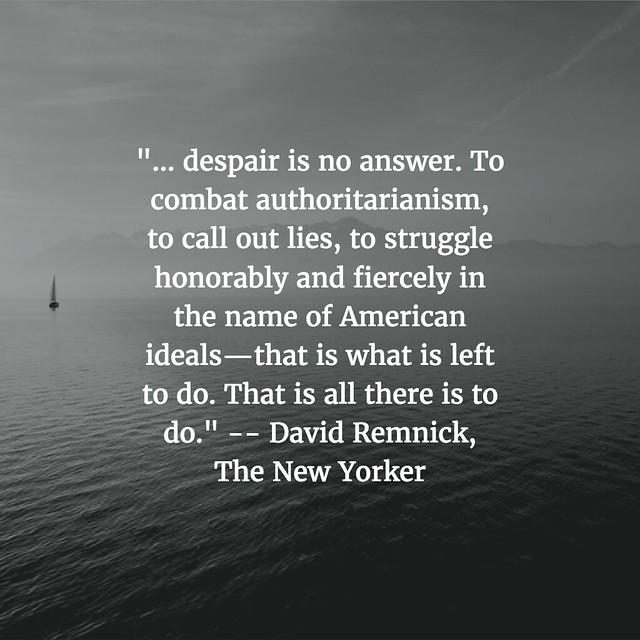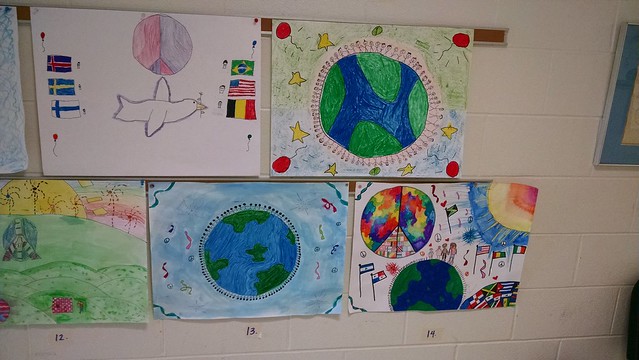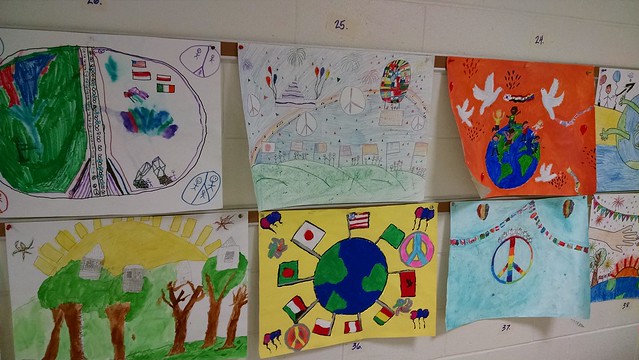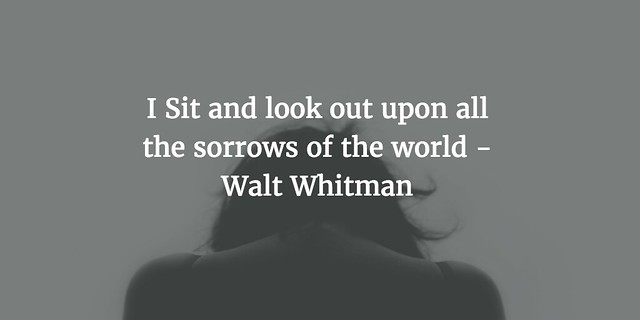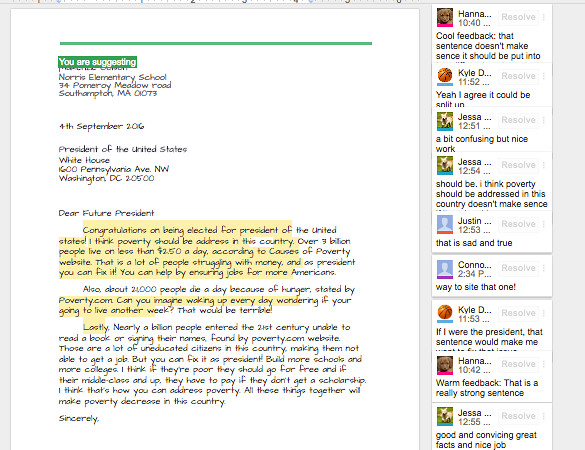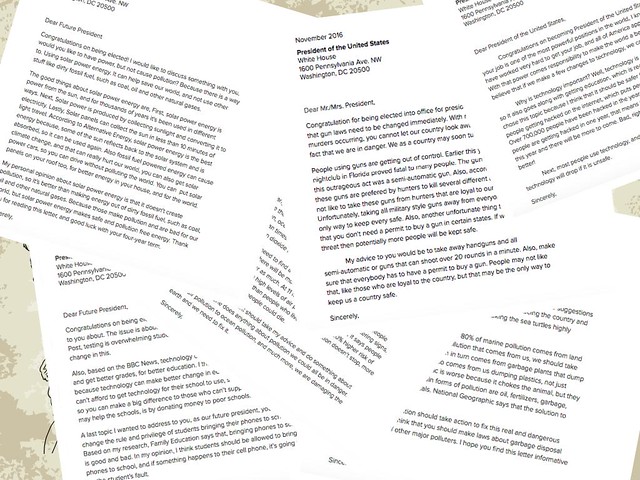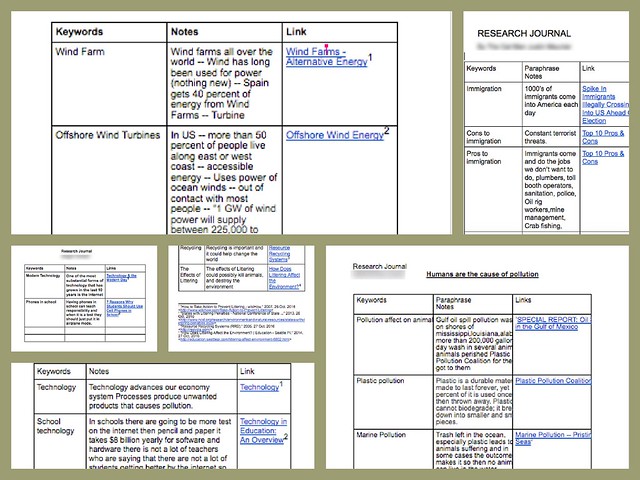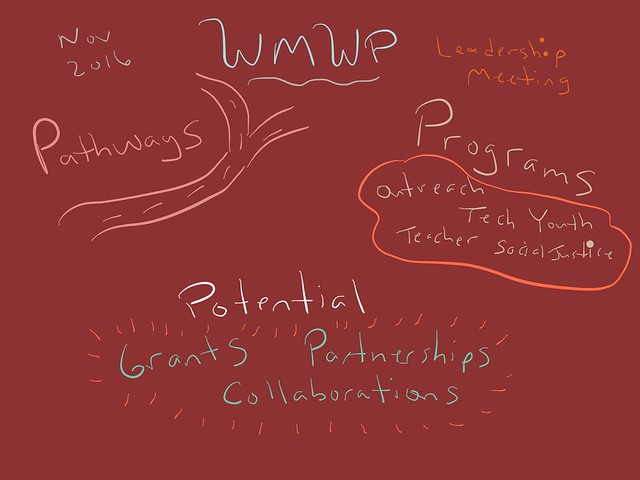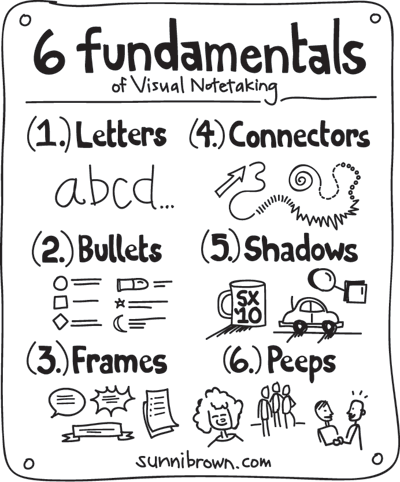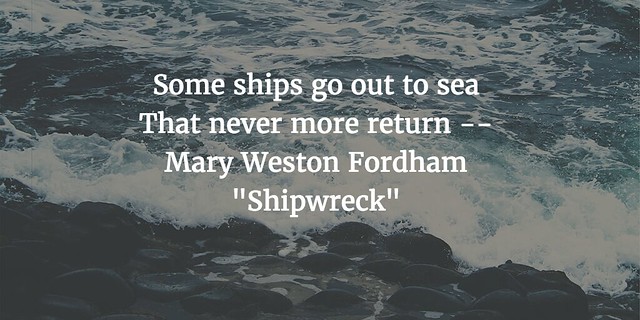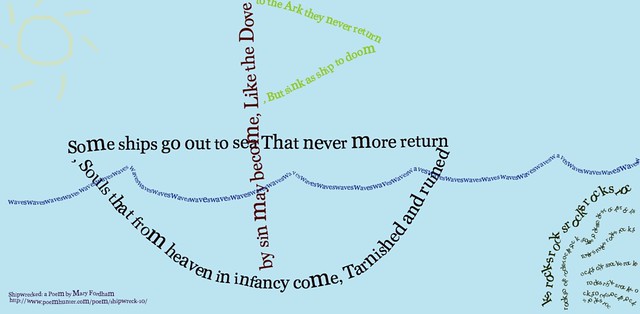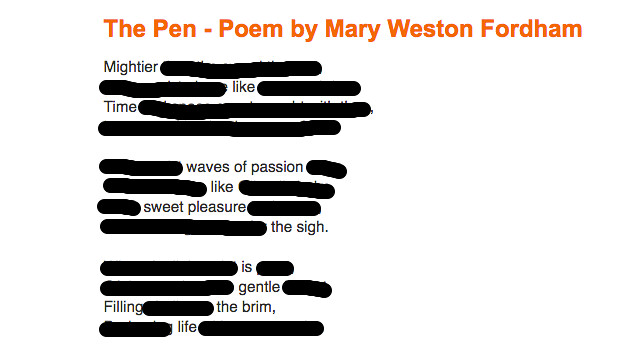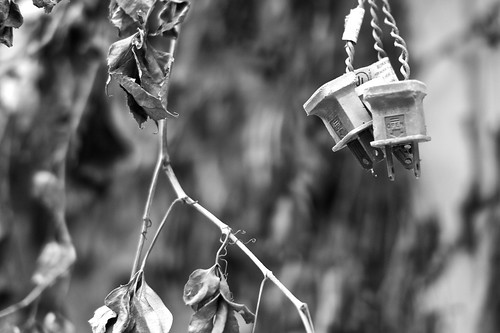There’s still too much swirling around my head, and my world, about the election to make sense of what I am thinking. I know that I am worried about this man being charge of the most powerful country of the world. I am angry when I read about people saying “wait for the real Trump to now appear.” As if. I am confused with the knowledge that what I thought was my country … may not be “my country” after all. Or it may not be the country that holds the same ideals that I believe in.
I’m turning to writing because I have always believed that we write to understand the world. I am hoping my words will give me anchor again.
And I won’t despair.
I understand why people voted the way they did. I’ve been around to enough parts and regions of our country (visiting as presenters or participants of events, traveling for other reasons, and spending six years as an infantry soldier in the National Guard certainly opened my eyes to the different viewpoints that exist in our country) to know that my corner of the Northeast is not how everyone views the world. I have plenty of friends who are right of center on the political map, living on the edge of the middle class and angry at the “system.”
They hated Clinton with a passion and venom that always surprised me (but, of course, shouldn’t, now that we see demographics of the election). They hate Washington DC with even more passion for leaving them behind and for being ineffectual (although, it is the Tea Party that has ground progress to a halt). Government, to my friends, is the problem, not the solution. (You can imagine the very heated discussion my friends and I have all year long). Of course, some of those same friends benefit from government support programs, like the VA and health care. I won’t get into the sad irony of voters who may have just sealed their own economic decline in order to “send a message” by electing a racist, misogynistic, and more than slightly addled leader to the White House. When even commentator Glen Beck calls Trump “unhinged,” you have to take notice.
I also know there is resentment against the so-called elite and educated. And, I know plenty of families continue to struggle economically, even in the face of positive news across all sectors (Bill Clinton (D) left the country in solid economic shape; Bush (R) burned the economy to the ground on his way out the door with his trickle down illusions; Obama (D) built it back up … see a political pattern here?). I believe that economic concern for the present and the future was/is at the core of this election, more than race and gender.
I won’t despair. But I won’t turn my back, either.
How this man governs will set the stage for the world my own children will grow up in, live in, becomes citizens of. I don’t think he sees anything beyond his own personal gain (and won’t be surprised if the absolute power corrupts him even further). My only faith is that the rest of the government will be the ballast (although I fear the Republicans holding Congress will see the election as a means for the Tea Party to ascend even further.) I am hoping my own senator, Elizabeth Warren, remains the powerful voice she needs to be, and that Chuck Schumer is the right leader of a minority party at the right time in history. I don’t even know what to say about the Supreme Court, which is the one thing that I have the most worry about. Again, this is my children’s world we are talking about.
No. No despair. Not quite hope, either. Not today, anyway. Maybe tomorrow. My friend, Ron, sent a message to my other friend, Simon, and me, about some of our tweets back and forth. Ron reminded us about love.
@sensor63 @dogtrax
Guys, that’s not good for your karma.Only love can conquer hate. pic.twitter.com/UPqWaP3I0I
— Ronald_2008 (@ronald_2008) November 10, 2016
I believe in that notion of love and understanding, too. It’s why I teach. It’s why I write. It’s why I connect. It’s why I love my own children so dearly. This election has rattled me but not shaken me to the point where I lose faith in what I believe in — which is the potential goodness of people coming together to make the world a better place. One man elected leader can’t rob me of that. One election can’t change me. I am stronger than that.
You are, too.
Note: These Peace Posters were made in art class by my sixth grade students. I found comfort in wandering the hallways yesterday, taking in their notions of peace. It gave me a sense of hope that was in short supply.
Peace (I mean it),
Kevin
